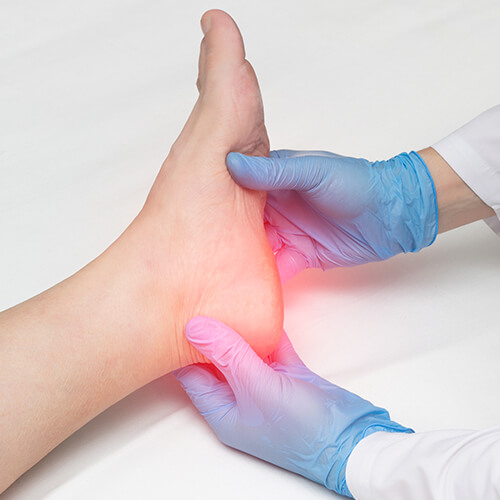Welcome! Active Alignment has merged with Ortho-Kinetics to expand our service area. We are now providing pedorthic care in the Cambridge location in addition to the existing Active Alignment locations in Waterloo, New Hamburg, and Stratford. Ortho-Kinetics patients, please click here to learn more.

